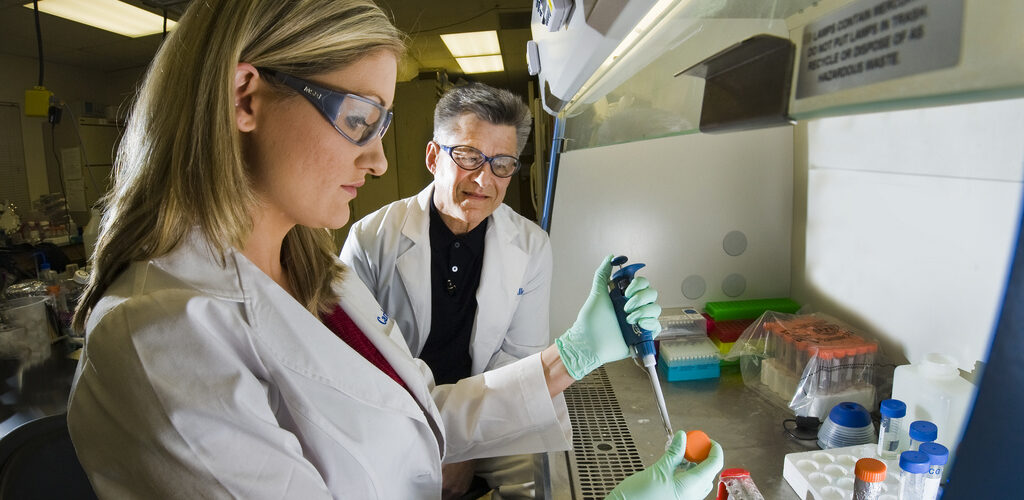Nanotechnology vs. Cancer

Nanotechnology is science, engineering, and technology conducted at the nanoscale, which is about 1 to 100 nanometres. (1 nanometer = 10 -9 meters ) Since the emergence of nanotechnology as a field of its own, many areas of science have been boosted by the advances it has brought about. Among these is the hope of finding an efficient and ‘clean’ cure for cancer. This hope seems to be slowly drawing towards fruition, as scientists discover new ways of engineering smaller and smaller forms of material that can target tumours directly.
One recent encouraging discovery that has been made by a team of scientists, led by Professor Warren Chan, at the University of Toronto is a new way of putting together gold nanoparticles in an effort to build more effective vehicles for transporting medication or colouring markers to the tumour.
“”To get materials into a tumor they need to be a certain size,” explains Chan. “Tumors are characterized by leaky vessels with holes roughly 50 – 500 nanometers in size, depending on the tumor type and stage. The goal is to deliver particles small enough to get through the holes and ‘hang out’ in the tumor’s space for the particles to treat or image the cancer. If the particle is too large it can’t get in, but if the particle is too small, it leaves the tumor very quickly.”” 1
Thus, these structures are likely to lead to a rise in treatment efficiency, while also eliminating the possibility of residue elements staying in the body, as the architecture of the particles will be “glued” together with DNA. This means that, in the future, treatments will be far less taxing on the bodies of those suffering from cancer and that they might even decrease in the amount of time it takes to eliminate the tumour, representing a massive improvement from the present day cures that are available.
References
- Press release here.










